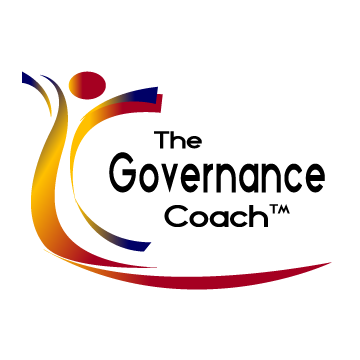I work with a wide variety of boards when they develop their Ends policies for the first time. I usually start by emphasizing that Ends describe the long-term results that the board wants the organization to produce. I remind board members that Ends state who should benefit from those outcomes and what it’s worth to produce them. I also suggest ways to distinguish Ends from means, e.g. activities, services, programs and plans.
And most of the time, boards then go on to draft their first sent of Ends.
Occasionally, a board is reluctant to set aside work that it has produced before it started to implement Policy Governance®. Board members feel their work was thoughtfully produced and addresses some of the elements of Ends policies I describe. They are reluctant to leave behind their existing plans, policies and principles on which the organization stands. They don’t want to lose the board’s beliefs and priorities, how the organization is involved in the world, and so on.
They are curious how they use this work in developing the board’s Ends. When this happens, I use a process based on the logic model[1], a planning tool first introduced in the 1990’s.
Using this process a board can examine existing documents, policies and statements and place them into the appropriate phase of the model.
I started using this tool a few years ago. I led a workshop about developing Ends policies for the Govern for Impact Conference. I wanted to share how this tool might be used. At the time, the Wikipedia website included a set of statements of how it sought to impact the world. Missing, were its statements of the resulting impacts. I used the statements as an example of how a board might use the logic model map to identify those impacts (i.e., Ends statements.)
Below is the graphic that I produced for the workshop. The statements in the boxes on two left-hand columns were the original statements from Wikipedia.

The next step would be to review the long-term result, the medium-term outcomes, and short-term outputs to think about how they might be crafted as a set of Ends.
Below is the draft that I produced for the workshop.

Of course, this is not the final version of the policies. For example, it also needs a statement of what these results are worth. Although the benefits are free to the recipients, there is a cost to produce them. Worth would determine if the benefits produced are worth those costs.
Once board members have a first draft, they can determine what is missing. They can seek input and feedback from those on whose behalf they are governing. But they have a starting point. And they have honoured the work they did previously.
If you are intrigued by this way of thinking about your Ends, book a Discovery Call.
If you would like to read other articles about Ends policies, start with an excellent blog by our retired colleague, David Gray. The ‘Minister’ Question – The Governance Coach
There is still time to register for our free November 20th webinar – Policy Governance Misconceptions and Objections click here.
You still have time to help us plan which objections we talk about. Take our two-minute survey. https://www.surveymonkey.com/r/P7X3FHG
[1] “Logic models are hypothesized descriptions of the chain of causes and effects leading to an outcome of interest…While they can be in a narrative form, a logic model usually takes form in a graphical depiction of the “if-then” (causal) relationships between the various elements leading to the outcome [Logic model – Wikipedia]
